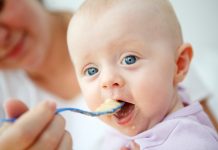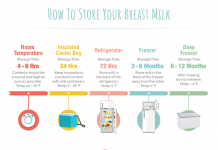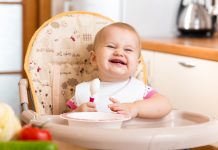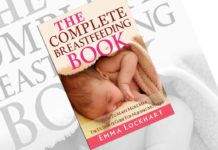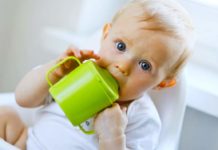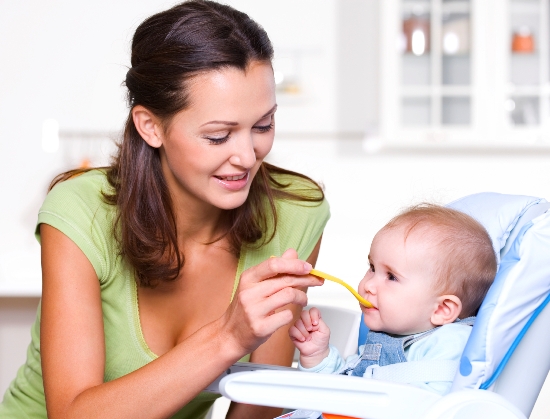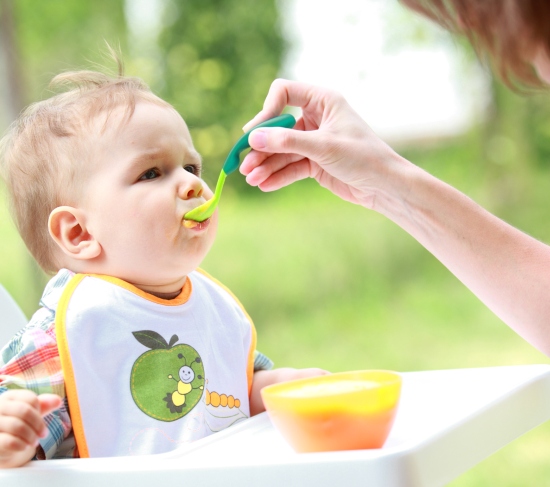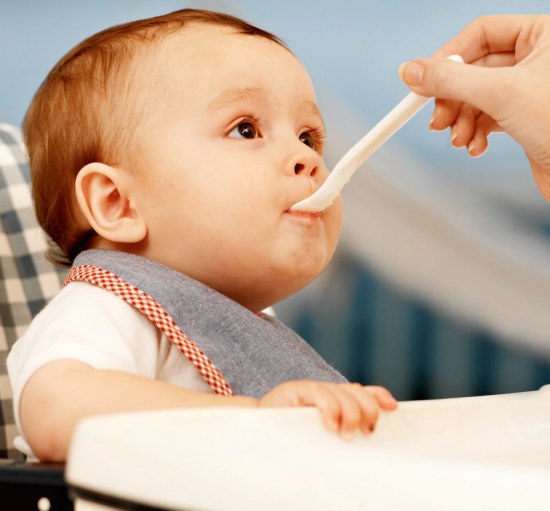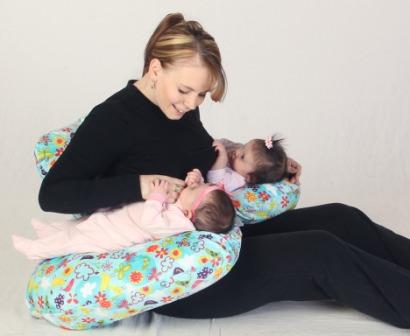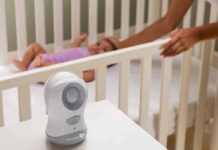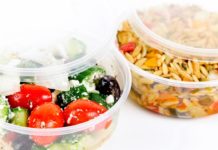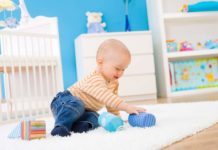Whether you decide to bottle feed exclusively or whether you have to do so for any reason; or whether you decide to supplement breast feed by bottle feeding, here are some things that you should keep in mind about baby feeding bottles –
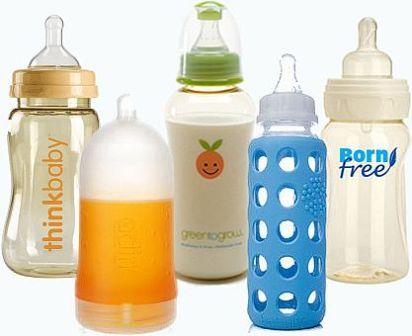
The features of baby feeding bottles and materials used
- The feeding bottle should be a branded one, that conforms to standard manufacturing requirements, and which is known to use non-toxic and safe materials.
- Make sure that any plastic baby feeding bottles you buy are made from materials that are BPA (Bisphinol A) free, since this could be potentially harmful for the baby since these could leach into the baby’s feed particularly after repeated disinfection.
- Pick a nipple that is made from silicon rather than rubber. These feel more natural to the baby and are better in the long run as well. Also make sure that the hole in the nipple is sufficiently large but not so large that the formula comes faster than the baby can swallow comfortably.
- When baby is older you can pick a self feeding variety for the baby to use by themselves.
Proper use of baby feeding bottles
- When settling down with baby, make sure that the baby as well as the person who is feeding them are comfortable and relaxed. Place baby in a position that he or she can see the face of mommy, daddy or other caregiver. There is no reason why bottle feeding shouldn’t be as enjoyable for both and as much of a bonding exercise as breastfeeding – chat with and engage with baby while feeding.
- When feeding a baby from the bottle make sure that the bottle is held in a way that doesn’t let the baby swallow air along with the formula, because this will cause gas and make baby uncomfortable. Look for feeding bottles that are designed to prevent the baby swallowing air along with his or her feed.
- Be careful to burp baby properly after each feed, even if the baby has fallen asleep during the feed.
- Don’t forget to test the temperature of the formula by putting a few drops on your wrist to test before offering to baby.
- Try to make sure there are separate bottles for juice, formula and water if not for any other reason, for the sake of convenience.
- Never leave baby alone with a bottle, and try not to leave the nipple in the baby’s mount after the feed or when the baby falls asleep.
Looking after baby feeding bottles
- Always sterilize the bottle in accordance with directions – not just the bottle but the cap and nipple should also be properly sterilized after discarding any unused formula.
- Have at least three for formula (particularly if you are exclusively bottle feeding) so that you always have a clean one in spare when needed.
- Look out for any cracks in the baby feeding bottles or their nipples, or if the plastic becomes unclear or murky which can indicate a deterioration of the plastic used.


